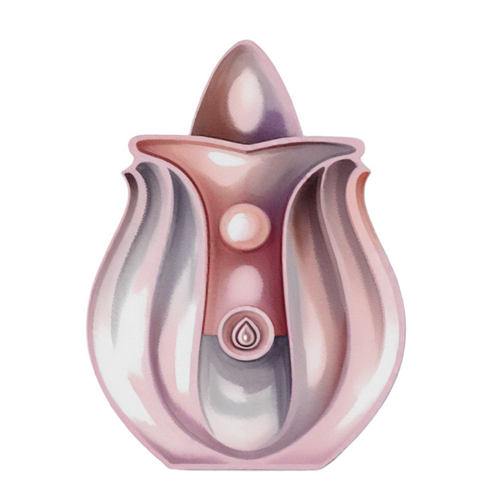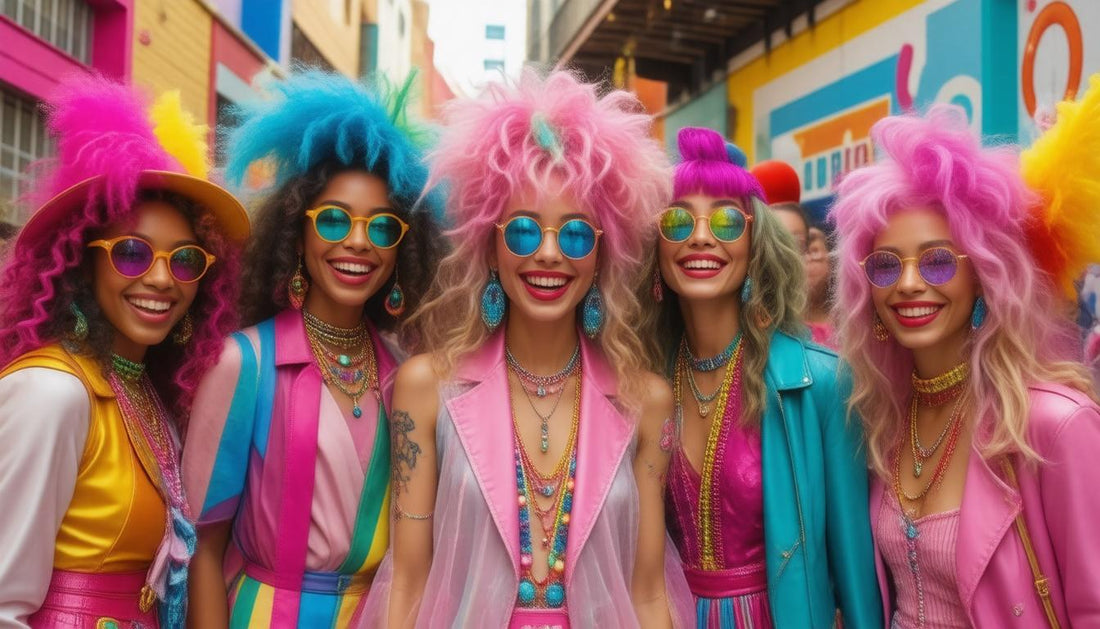In today's rapidly evolving world, conversations around gender identity and fluidity are more relevant than ever. Among these discussions, the term 'sissy' has gained traction, representing a unique intersection of gender expression, sexuality, and personal identity. This comprehensive guide aims to demystify the sissy lifestyle, exploring its meaning, historical context, and current societal implications. Whether you're curious about what it truly means to be a sissy or seeking ways to embrace and celebrate this identity, this article will provide insightful information to help you navigate this vibrant community.
Training Gear
Key Takeaways
- Being a sissy signifies a complex identity that challenges traditional gender norms.
- The historical context of the sissy identity reveals evolving perceptions of masculinity and femininity.
- Embracing gender fluidity involves practical tips for self-expression and acceptance.
- Contemporary society has seen a growing celebration of sissy lifestyles through various cultural movements.
- Understanding and celebrating sissy identities contribute to broader discussions on gender diversity and inclusivity.
What Does It Mean to Be a Sissy?
The term 'sissy' has historically carried various connotations, often rooted in societal perceptions of masculinity and femininity. In contemporary discussions, being a sissy typically refers to someone, often a male, who embraces traits and behaviors traditionally associated with femininity, such as emotional expression, softness, and nurturing qualities. This self-identification can encompass a wide range of experiences, from fashion choices to lifestyle preferences, and is increasingly embraced within the LGBTQ+ community as a form of personal expression. Importantly, the use of the term 'sissy' has evolved; while it can be utilized in a derogatory manner to belittle or insult, many individuals have reclaimed it, turning it into a badge of honor that signifies authenticity and defiance against rigid gender norms. Understanding the complexities behind what it means to be a sissy allows for a richer conversation about gender identity, self-acceptance, and the varied ways people choose to express themselves in a world that often pressures conformity.
The Historical Context of Sissy Identity
The concept of 'sissy' identity has a rich historical context that dates back to early 19th-century literature and social analysis, where the term was often used to describe masculinity that deviated from traditional norms. Initially, the word referred to boys who displayed emotional sensitivity or non-conforming behaviors, marking them as vulnerable within the rigid confines of societal expectations. As time progressed, the sissy identity became intertwined with the sexuality and gender expression discourse, particularly during the sexual revolution of the 1960s and 1970s. This period highlighted the visibility of LGBTQ+ communities, where individuals began to embrace and reclaim the sissy label as a form of empowerment and self-identity. Today, the sissy identity continues to evolve, and is often recognized within various subcultures, especially in the context of kink and fetish communities. Understanding the historical context of sissy identity not only sheds light on the transformation of societal perceptions but also underscores the ongoing struggle for acceptance and the celebration of diversity in gender expression.
'The only thing that makes life possible is permanent, intolerable uncertainty; not knowing what comes next.' - Ursula K. Le GuinTraining Gear

Embracing Gender Fluidity: Tips and Practices
Embracing gender fluidity is an important journey toward self-discovery and acceptance, offering individuals the freedom to express their identities beyond the traditional binary framework. For those exploring this fluidity, incorporating elements typically associated with femininity can be liberating and empowering. The term 'sissy' often carries various connotations, but in this context, it can represent a playful and affirming way to embrace softer aspects of gender expression. Here are some tips and practices that can help you navigate this path: start by experimenting with clothing and accessories that resonate with your identity—don’t hesitate to mix and match styles that reflect who you are. Additionally, seek out supportive communities, either online or in person, that celebrate gender fluidity and sissy culture, providing a safe space for sharing experiences. Engaging in self-care routines that honor your emotions and body can also be fundamental; consider makeup, hairstyling, or simply adopting behaviors that align with your authentic self. Lastly, remember that embracing gender fluidity is a personal journey; take your time, and celebrate every step you take towards expressing the full spectrum of your identity.
Celebrating the Sissy Lifestyle in Contemporary Society
In contemporary society, celebrating the sissy lifestyle has emerged as a vibrant and significant subculture, challenging traditional notions of gender and masculinity. The term 'sissy' often refers to those who embrace femininity in various forms, defying societal expectations and showcasing a unique blend of self-expression and identity. This movement promotes a sense of community among individuals who revel in their sissy identity, often embracing fashion, aesthetics, and behaviors typically associated with femininity. Events such as drag shows, sissy conventions, and online forums foster a welcoming environment where individuals can share their experiences and support one another. By embracing the sissy lifestyle, participants advocate for greater acceptance of diverse gender expressions and contribute to a broader conversation about fluidity in gender roles, thereby enriching the cultural tapestry of our society.
https://luvifyboutique.com


